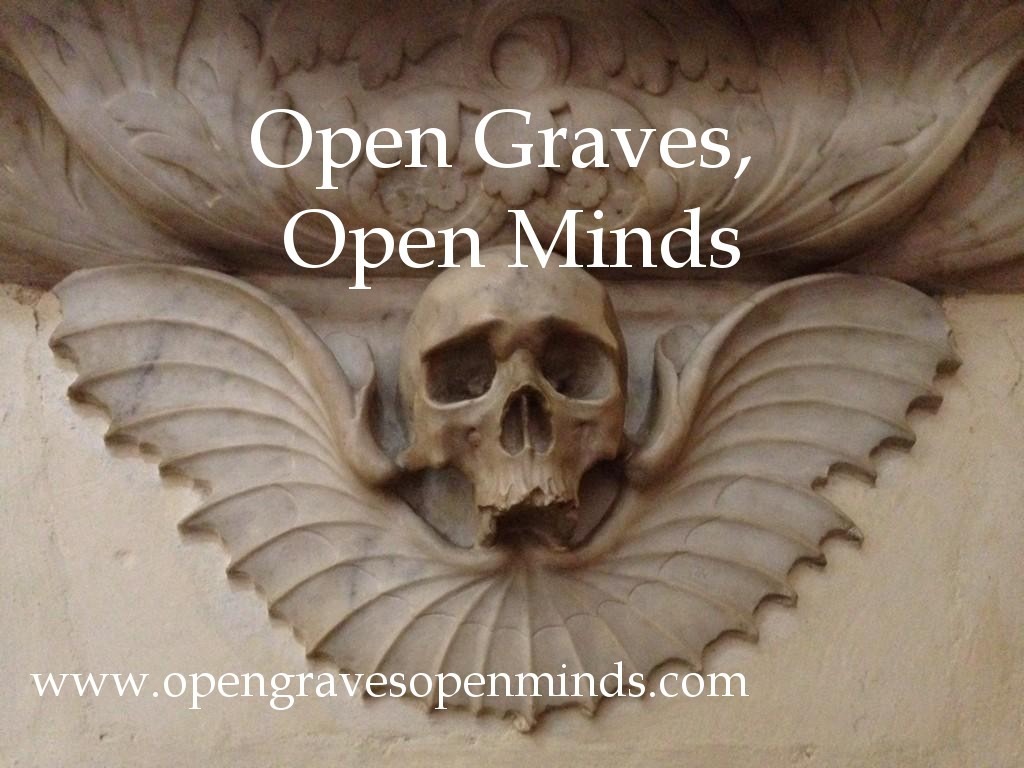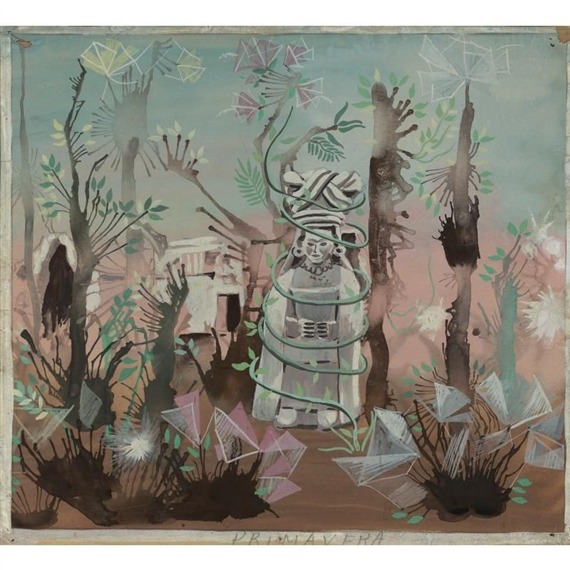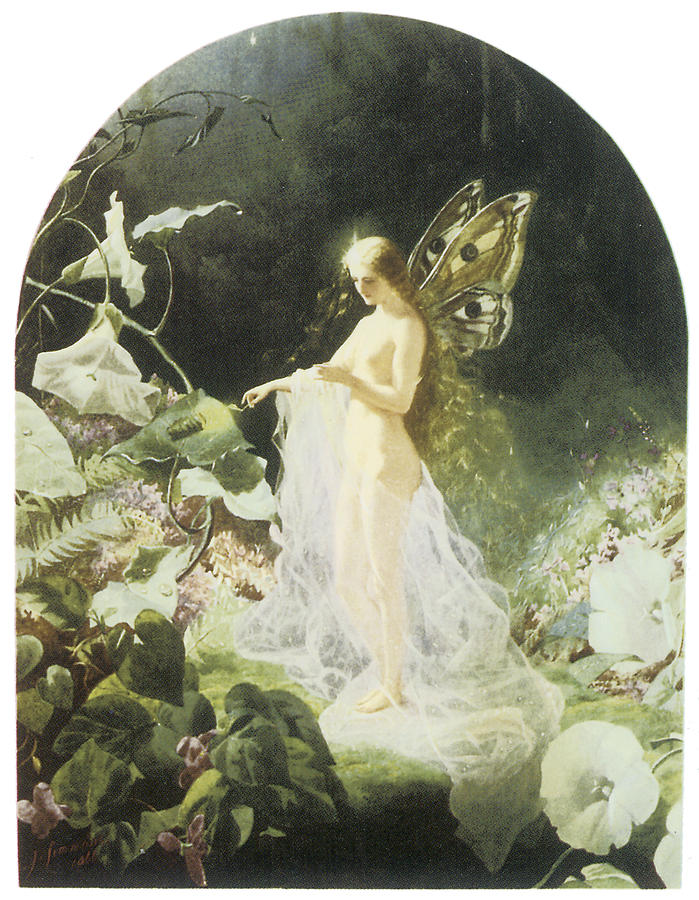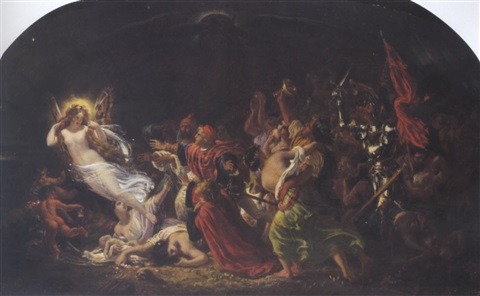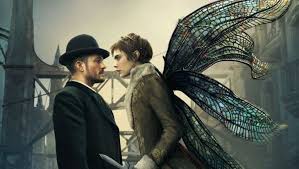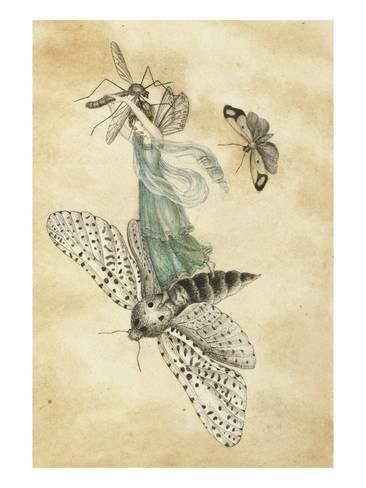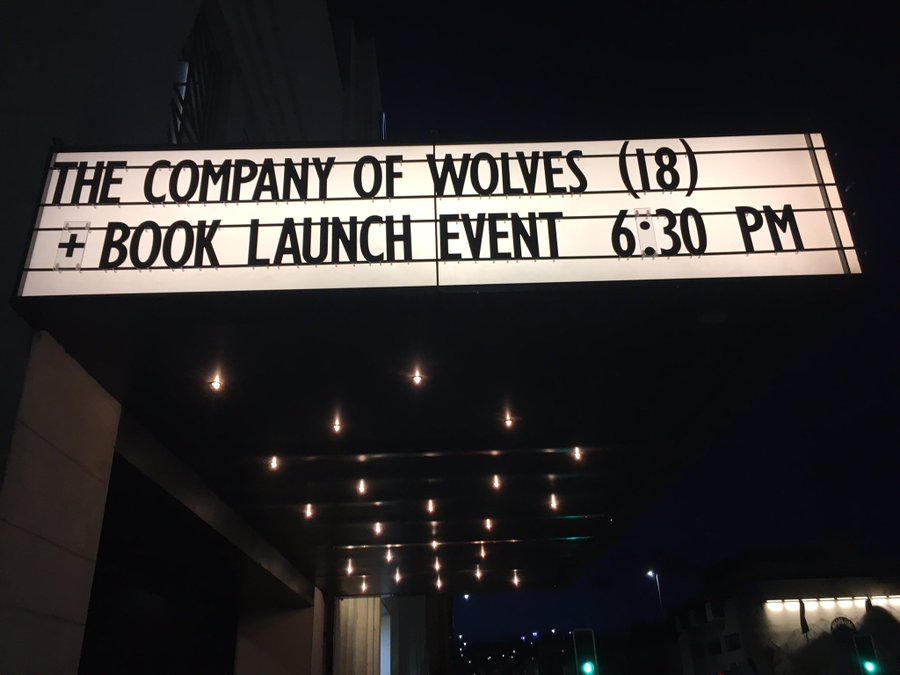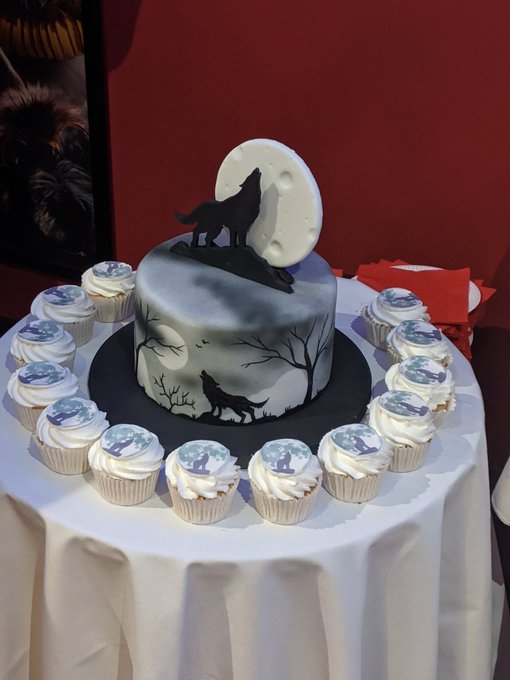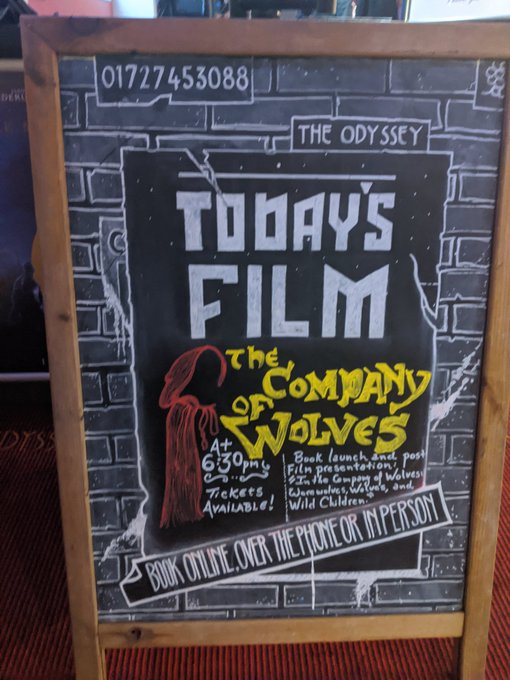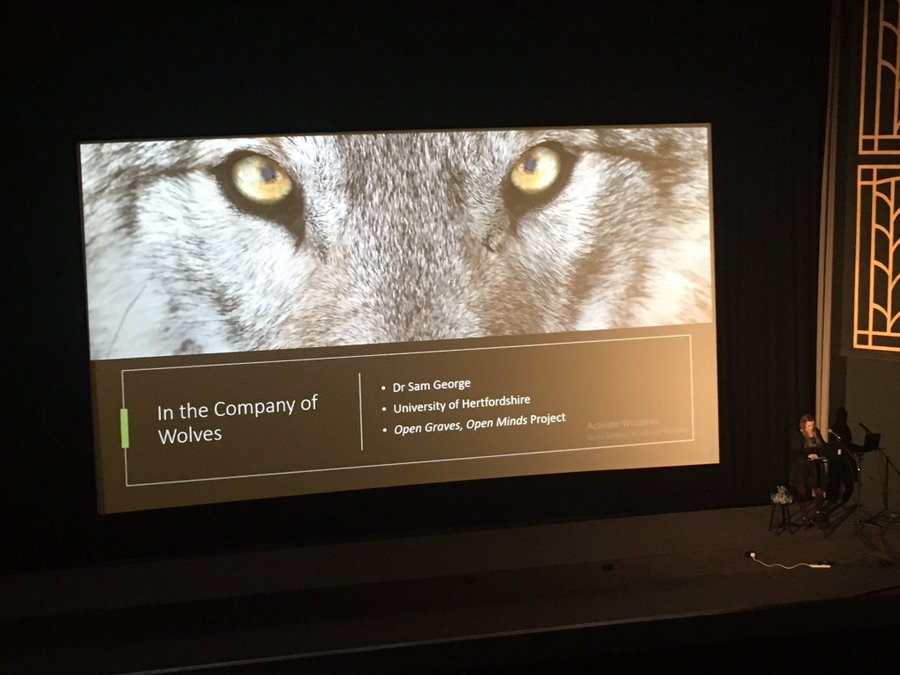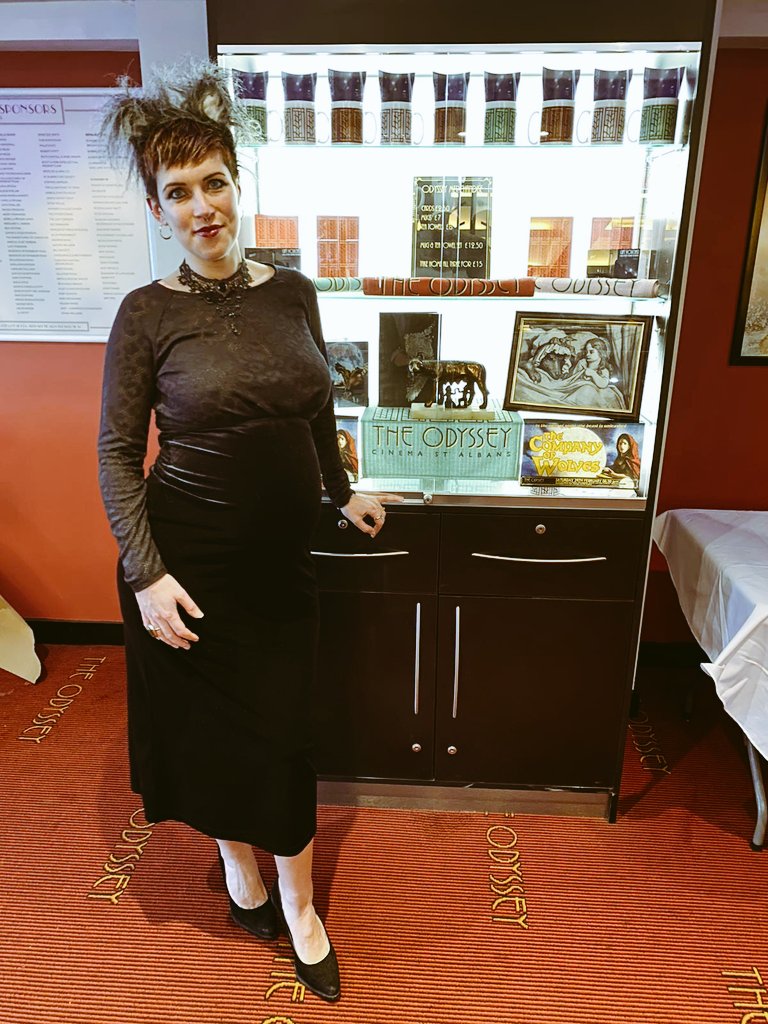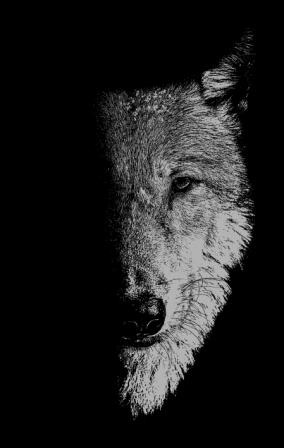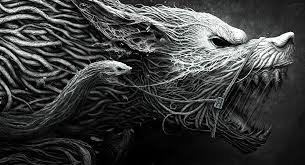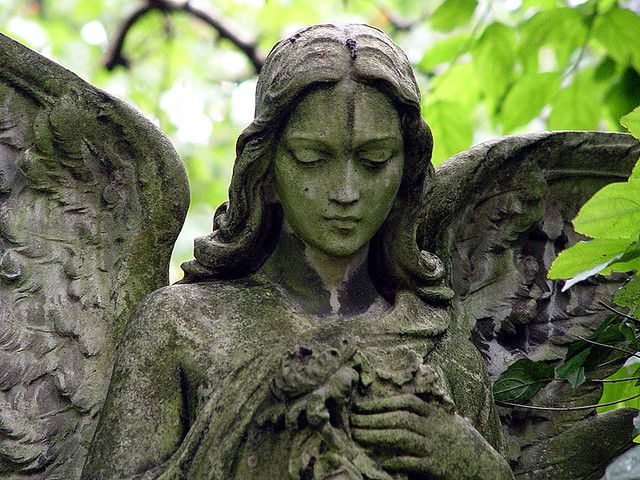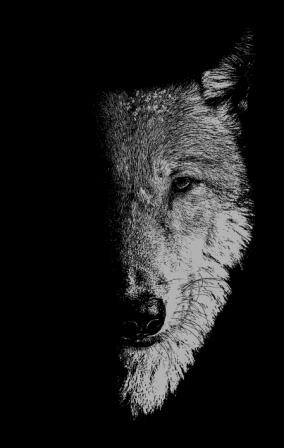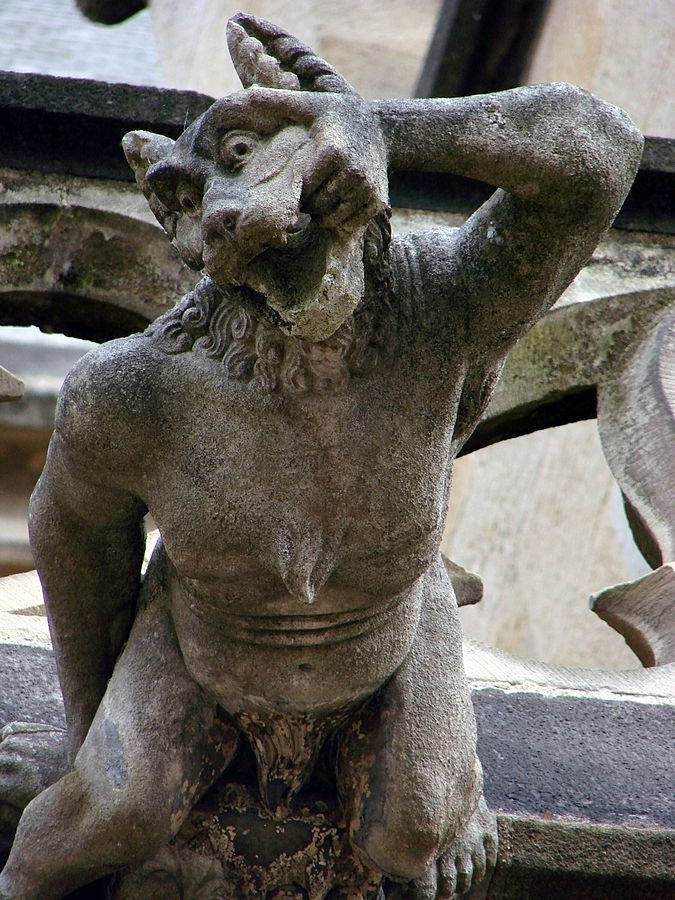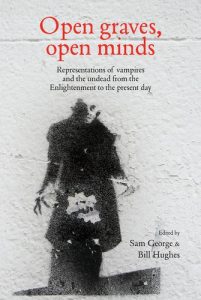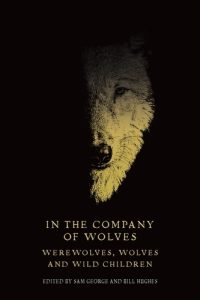University of Hertfordshire, 8‒10 April 2021
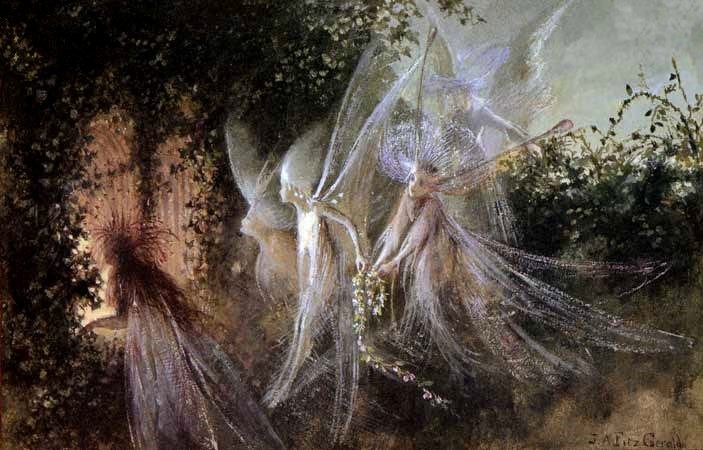
The Open Graves, Open Minds (OGOM) Project was launched in 2010 with the Vampires and the Undead in Modern Culture conference.We have subsequently hosted symposia on Bram Stoker and John William Polidori, unearthing depictions of the vampire in literature, art, and other media, before embracing shapeshifting creatures and other supernatural beings and their worlds. The Company of Wolves, our ground-breaking werewolf and feral humans conference, took place in 2015. This was followed by The Urban Weird, a folkloric collaboration with Supernatural Cities in 2017. The OGOM Project now extends to all narratives of the fantastic, the folkloric, the fabulous, and the magical.
Our research from these conferences and symposia has since been disseminated in various publications. We have produced two edited collections of essays: Open Graves, Open Minds: Representations of Vampires and the Undead from the Enlightenment to the Present Day (Manchester University Press, 2013) and In the Company of Wolves: Werewolves, Wolves, and Wild Children, ed. by Sam George and Bill Hughes (Manchester University Press, 2020) and two special issues of Gothic Studies: Vampires and the Undead in Modern Culture special issue, 15.1 (May 2013) and Werewolves and Wildness special issue, 21.1 (Spring 2019).
To celebrate the tenth anniversary of OGOM, we turn our attention to fairies and other creatures from the realm of Faerie.
Keynote Speakers
Prof. Diane Purkiss (University of Oxford), ‘Where Do Fairies Come From? Shifts in Shape’
Prof. Dale Townshend (Manchester Metropolitan University), “The fairy kind of writing’: Gothic and the Aesthetics of Enchantment in the Long Eighteenth Century’
Prof. Catherine Spooner (University of Lancaster), ‘Glamourie: Fairies and Fashion’
Prof. Owen Davies (University of Hertfordshire), ‘Print Grimoires, Spirit Conjuration, and the Democratisation of Learned Magic’
Dr Sam George (OGOM University of Hertfordshire), ‘Fairy Lepidoptera: the Dark History of Butterfly-Winged Fae’
The conference will also feature A Fairy Workshop on networking and outreach in the field of folklore studies for postgraduate students and ECRS with Dr Ceri Holbrook (Magical Folk, 2018) and a mini Fairy Film Festival in St Albans. And, to complete the anniversary celebrations, there will be A Fairy Ball where delegates will be encouraged to abandon their human natures and transform into their dark fey Other.
As Prof. Dale Townsend has observed, the concept of the Gothic has had an association with fairies from its inception; even before Walpole’s 1764 Castle of Otranto (considered the first Gothic novel), eighteenth-century poetics talked of ‘the fairy kind of writing’ which, for Addison, ‘raise a pleasing kind of Horrour in the Mind of the Reader’ and ‘and favour those secret Terrours and Apprehensions to which the Mind of Man is naturally subject’. Johnson, in his Preface to Shakespeare (1765), talks of ‘the loves of Theseus and Hippolyta combined with the Gothic mythology of fairies’. ‘Horror’ and ‘terror’ are key terms of affect in Gothic criticism; Townsend urges us, however, to move away from this dichotomy. While we are certainly interested in the darker aspects of fairies and the fear they may induce, this conference also welcomes attention to that aspect of Gothic that invokes wonder and enchantment.
Fairies in folklore, unlike the prettified creatures we are familiar with, are always rather dangerous. Old ballads such as ‘Tam Lyn’ and ‘The Demon Lover’ reveal their unsettling side. The darker aspects of fairies and their kin may be glimpsed in the early modern work of Michael Drayton, Edmund Spenser, Robert Herrick, and, of course, Shakespeare. They have found their way into the Romanticism of Keats and Shelley, modulated by the Gothic. Fairies blossomed in the art and literature of the Victorians; though it is here perhaps that they are most sentimentalised, there is also much darkness. The paintings of Richard Dadd and John Anster Fitzgerald are tinged with Gothic as are classic works of fairy literature such as Christina Rossetti’s Goblin Market and J. M. Barrie’s Peter Pan. The nineteenth century also saw a surge in the dramatisation of fairies with the féerie (or ‘fairy play’), which set the scene for fairy ballets such as Les Sylphides as well as cinematic productions. Following the rise of the vampire lover in contemporary paranormal romance, dark fairies (alongside pixies, trolls, and similar creatures from the world of Faerie) have also been found in the arms and beds of humans. The original menace of traditional Faerie has been restored in the form of ambivalently sinister love objects. This has emerged from precursors such as Hope Mirrlees’s Lud-in-the-Mist (1926), Sylvia Townsend Warner’s Kingdoms of Elfin tales from the 1970s and the pioneering urban fantasy of Emma Bull’s War for the Oaks (1987), to more recent works like Neil Gaiman’s Stardust (1997) and Elizabeth Hand’s Mortal Love (2004). Young Adult writers such as Holly Black, Maggie Stiefvater, Julie Kagawa, Melissa Marr have all written fairy romances with more than a tinge of Gothic darkness and there are excellent adult paranormal fairy romances such as Jeanette Ng’s Under the Pendulum Sun (2017). Gothic Faery has manifested in other media: Gaiman’s Stardust has been filmed; cinematic interpretations of the phenomenon of the Cottingley Fairies have been made (with Photographing Fairies giving it a Gothic twist), and, recently, the dark fairies of Carnival Row have appeared on TV.
Max Weber and, subsequently, the Frankfurt School discerned a state of disenchantment in modernity, whereby industrialisation and instrumental rationality had erased the sense of the sacred in life with ambiguous effects. The appeal of fairy narratives in the modern era may be their power to re-enchant our desacralised world. Fairy narratives in the alienated world of modernity often represent untamed nature and lead us to explore environmental concerns. The Land of Faerie, Tir na Nog, the Otherworld can be a setting for Utopia. These tales may also uncover the repressed desires of inner nature, emancipatory yearnings, the spirit of revolution, creative inspiration, pure chaos, or Otherness in general. Yet often this is ambivalent; the Gothic darkness of enchantment may evoke a hesitancy over surrendering to nature or the irrational as well as having a restorative allure.
Topics may include but are not restricted to:
‘The fairy kind of writing’ in 18C Gothic poetics
The Gothic fairy in Romanticism; Victorian fairies in art and literature
Dark fairies in paranormal romance
Fairies in YA literature
Fairies and urban fantasy
Fairies in ballads and medieval romance
Fairies on stage
Fairies in music
Faery, disenchantment, and modernity
Fairy folklore
Fairies, nature, and eco-Gothic
Cinematic fairies and the Gothic; Fairies and place
Utopia and the Otherworld
Gothic folklore; Goblins, hobs, and other malevolent fairy folk
Intertextuality and fairy narratives
Fairies and theology
Fairies and (pseudo)science
Light and shade: fairies, film, and optics
Fairy morality
The Faerie world and the aesthetic dimension
Fairy festivals and the carnivalesque
Changelings and identity
Fairies and the Other
Fairies and fashion
Fairies and nationalism
Fairy-vampires and other hybrids
Steampunk Fairies
Abstracts (200-300 words) for twenty-minute papers or proposals for panels, together with a short biography (150 words), should be submitted by 30 October 2020 as an email attachment in MS Word document format to all of the following:
Dr Sam George, s.george@herts.ac.uk; Dr Bill Hughes, bill.enlightenment@gmail.com; Dr Kaja Franck, k.a.franck@gmail.com; Daisy Butcher, daisy2205@yahoo.co.uk
Please use your surname as the document title. The abstract should be in the following format: (1) Title (2) Presenter(s) (3) Institutional affiliation (4) Email (5) Abstract.
Panel proposals should include (1) Title of the panel (2) Name and contact information of the chair (3) Abstracts of the presenters.
Presenters will have the opportunity to submit to OGOM publications. They will be notified of acceptance for the conference by 30 November 2020.
*Download CFP as PDF* Follow us on Twitter @OGOMProject #GothicFairies
